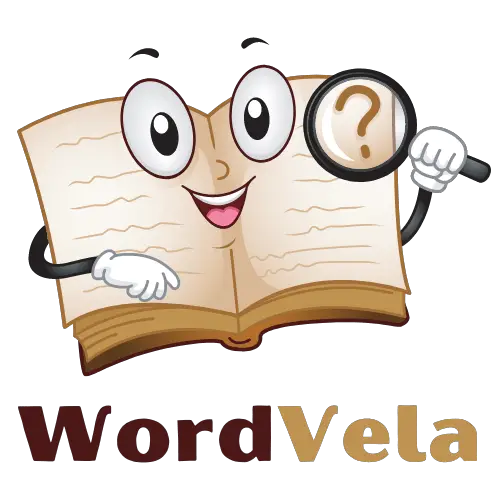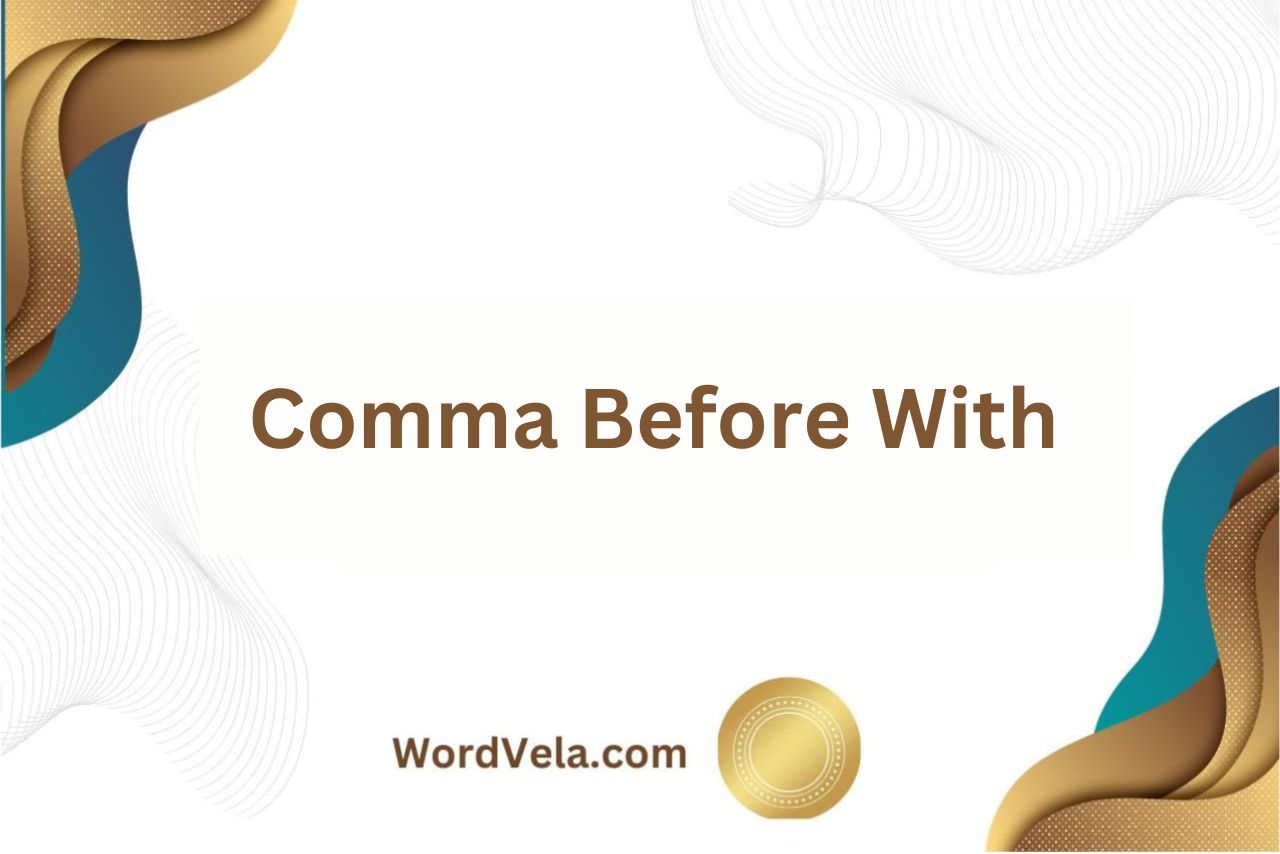Comma Before With: Do we put a comma before “with”? Yes, when “with” is used as a preposition to introduce a non-essential clause in a sentence, you should place a comma before it.
Understanding the correct usage of commas with prepositions like “with” can significantly improve the clarity and flow of your writing.
In this article, we will explore the rules and examples related to using commas before “with” to help you enhance your grammar skills and elevate the quality of your written work.
Table of Contents
Comma Before With:
You don’t always need a comma before “with,” but there are several cases where it’s important to use one for clarity.
Here’s a breakdown of the main scenarios:
Comma Examples:
Here are some examples of comma usage with “with”:
Non-essential clause:
- The artist, with a beret tilted on his head, continued to paint.
Parenthetical element:
- We decided to go hiking, with plenty of snacks and water in tow, even though the weather forecast was iffy.
Series:
- He packed his bag with his clothes, toiletries, and, with some hesitation, his lucky charm.
Is with A Subordinating Conjunction:
No, “with” is not a subordinating conjunction.
Subordinating conjunctions are words that introduce dependent clauses. These dependent clauses cannot stand alone as complete sentences and rely on the main clause for meaning. Some common subordinating conjunctions include:
“With,” on the other hand, is a preposition. Prepositions show the relationship between a noun or pronoun and other words in the sentence. It can indicate location, direction, time, manner, or cause.
With in A Sentence:
Sure, here are a few examples of “with” used in a sentence to demonstrate different functions:
Showing accompaniment:
Indicating possession:
Expressing manner:
Denoting cause:
Showing instrument:
Is There a Comma Before in Conjunction With?
No, you generally don’t need a comma before “in conjunction with” because it’s a prepositional phrase acting as an adverb.
Commas typically separate independent clauses or introductory elements, and “in conjunction with” functions more like a unit describing how something happens.
Here are some examples of how “in conjunction with” is used in a sentence without a comma:
What Is Comma Rule 5 Example?
| Sentence | Explanation |
|---|---|
| The baker, with a warm smile, greeted the customer. | “With a warm smile” is a non-essential phrase describing the baker. The sentence remains clear even without it. |
| The park, a haven for nature lovers, was bustling with activity. | “A haven for nature lovers” is a non-essential phrase providing extra information about the park. |
| My favorite book, worn from countless readings, sits on my nightstand. | “Worn from countless readings” is a non-essential phrase describing the condition of the book. |
What Is the Most Common Comma Mistake?
There are two strong contenders for the most common comma mistake:
Comma Splices: This occurs when you mistakenly join two independent clauses (complete sentences) with only a comma. It creates a run-on sentence that can be confusing to read.
For example:
Unnecessary Commas: This happens when you add a comma where it’s not needed, potentially altering the intended meaning or creating awkward phrasing.
For example:
Which Conjunctions Need a Comma?
The conjunctions that need a comma before them depend on whether they are connecting two independent clauses or not.
Comma required:
Coordinating conjunctions (FANBOYS): These conjunctions for, and, nor, but, or, yet, so need a comma before them when they connect two independent clauses. An independent clause is essentially a complete sentence that can stand alone grammatically.
- Example: The car wouldn’t start, so we called a tow truck. (Here, “The car wouldn’t start” and “we called a tow truck” are both independent clauses.)
Comma not required:
Coordinating conjunctions connecting short phrases/words: If the coordinating conjunction connects short phrases or words rather than complete clauses, a comma is usually not needed.
- Example: Fish and chips sound delicious. (Here, “fish” and “chips” are short words, not full clauses.)
What Is an Example of A Coordinating Conjunction with A Comma?
Here’s an example of a coordinating conjunction with a comma:
- I woke up early, and I went for a jog before breakfast.
In this sentence:
Conclusion and Final Thoughts!
Placing a comma before “with” depends on the specific context of the sentence. Use commas before “with” when separating non-essential information from the main clause.
However, do not use a comma before “with” when it is essential for clarifying the meaning of the sentence.
By understanding these guidelines and practicing their application, writers can effectively enhance the clarity and flow of their writing through proper comma usage with the word “with”.
Latest Posts!
- 9 Proper Ways to Sign a Letter on Behalf of Someone Else!
- Do You Put a Comma After Yesterday? Here Defined:
- 12 Professional Ways to Say I Will Keep You Posted!
- 10 Other Ways to Say Well Received in An Email!
- 12 Other Ways to Say Thank You for Your Attention!
- Secretary’s or Secretaries’ or Secretaries? Which Is Correct?











Leave a Reply